The CPU (Central Processing Unit) is the brain of every computer that actually performs most of the operations. Latest the CPU means a faster laptop. i5 and i7 are some of the world’s most efficient CPUs, developed by Intel, but i7 is better than i5 in most ways. The laptop is also specific to operate with a specific CPU. There are some laptops that allow you to up-gradation the processor.

Everybody needs a faster laptop with better performance. It can only be done by upgrading it to the next level. In this article, we will learn about upgrading an i5 processor from i5 to i7. Before you proceed you need to learn that there are two types of CPUs. Ones that are detachable and the ones that are soldered permanently to the motherboard. In both cases, the compatibility must be checked first.
Can I Upgrade My Laptop Processor From i5 To i7?
You can upgrade your laptop processor from i5 to i7 only if the CPU is compatible with the motherboard. Most of the time, the motherboard that supports i5 can also support i7.
If your laptop supports a detachable CPU then you can upgrade the processor, but remember that for each type of CPU there is a certain type of motherboard. Mostly, the motherboards that are compatible with i5 can also support i7.
How to Replace i5 To i7 In Detachable CPU Laptops?
Things You Need
- A Screwdriver
- New Processos (i7)
- Thermal Paste
Step 1: Remove All Power Sources
You will have to open the laptop revealing its motherboard for upgrading, so remove the charger connected to the laptop to save yourself from any electric shock and your laptop from a short circuit. Most of the laptops have batteries that can be detached by pushing the buttons around them. So, remove the battery first.
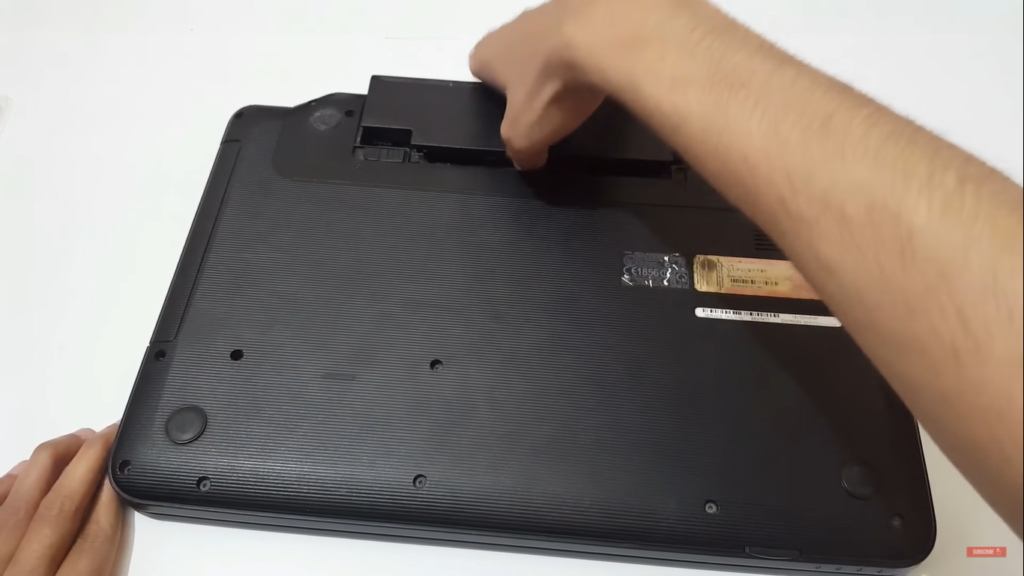
Step 2: Disassemble the Keyboard and Unlock the Ribbon Cables
The keyboard is connected to the motherboard using a ribbon cable. You will have to unlock the cable from the motherboard to properly remove the keyboard. You must unlock the other ribbon cables as well.
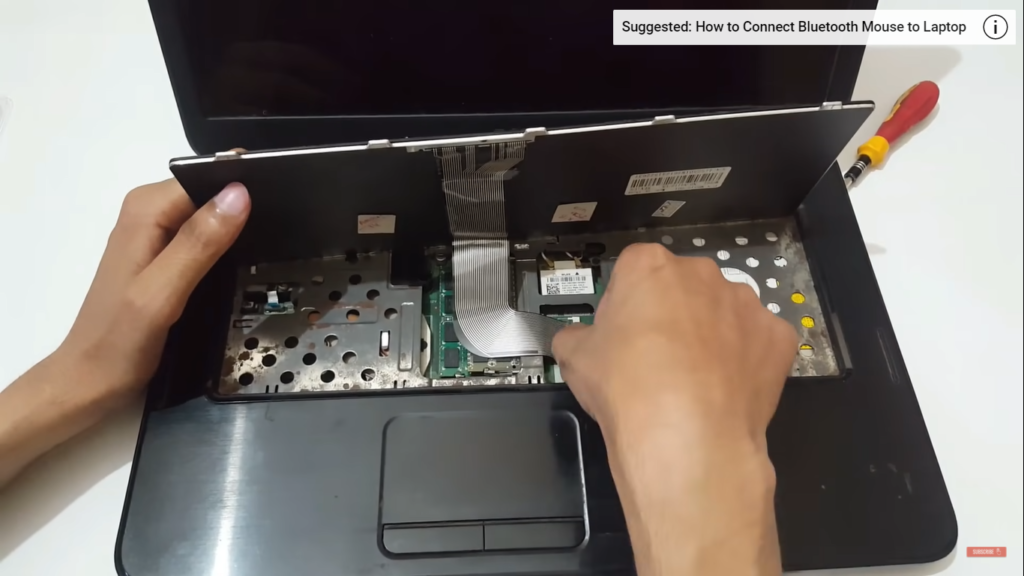
Step 3: Remove The Back and Front Cover
After detaching the keyboard. You have to remove the back cover. For this purpose, unscrew all the screws at the back cover. Slowly lift the back cover as there might be speaker cables still attached to the back cover.
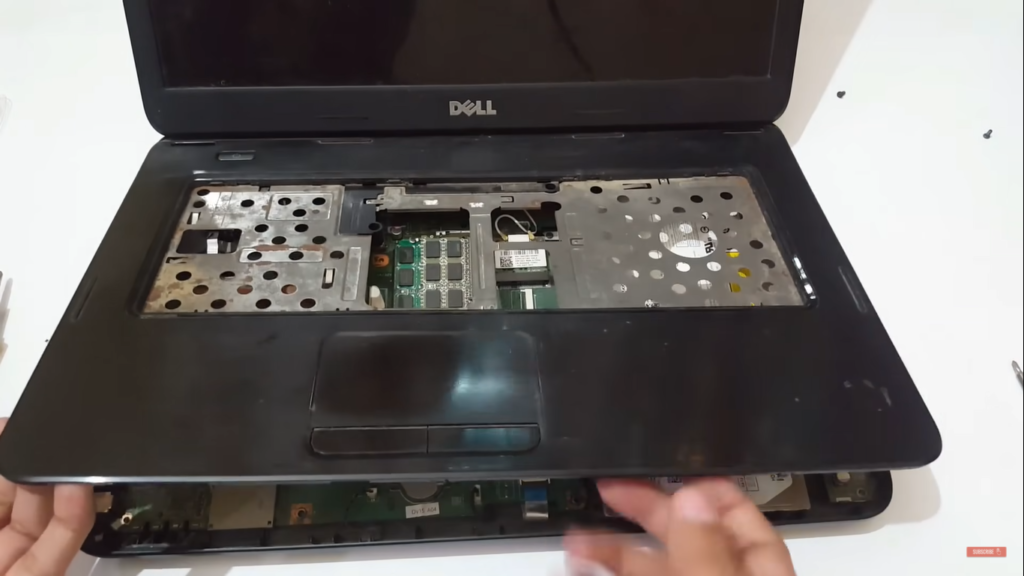
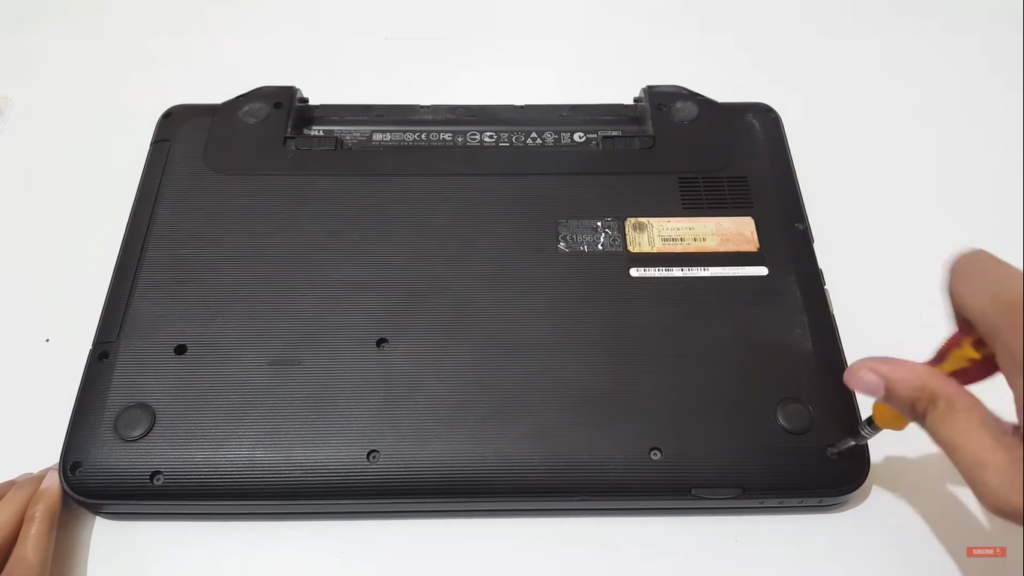
Step 4: Remove The Processor Fan
Clean the motherboard either by using a brush, vacuum, or by using a blower. There will be some screws attached to a heatsink and that heatsink will be attached to a fan. Unscrew the heatsink and disconnect the fan cables connected to the motherboard. Slowly lift the fan up and place it on the side.
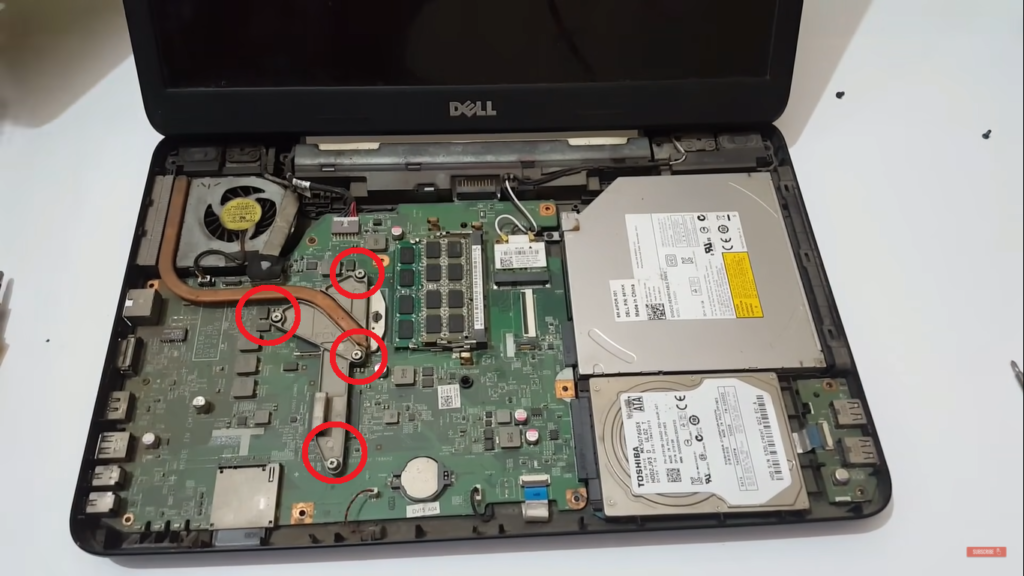
Step 5: Change The Processor (i5 to i7)
Under the heatsink, there is a processor as you can see. You might need a small flat-head screwdriver to detach the old i5 CPU from its socket. There might be a small lock that lets you remove the old processor. Put the i7 processor in the same direction the i5 processor was and lock it in the socket.
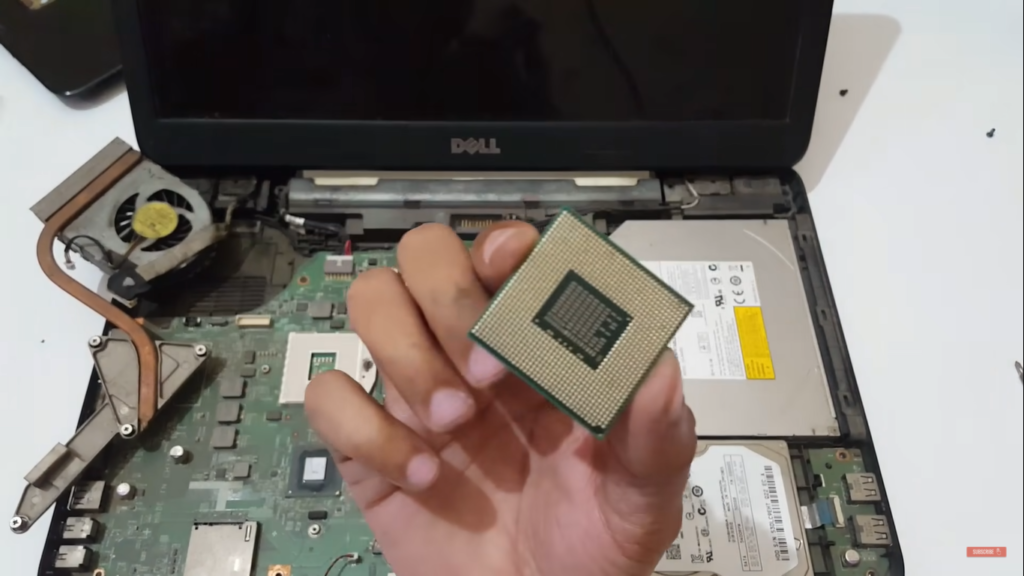
Step 6: Must Apply Thermal Paste
Thermal paste is the source of fast transfer of heat from the processor to the heatsink. That is why the application of the thermal past is very crucial. Apply the thermal paste to the processor. Apply just a pea-size amount of the paste. Now fix the fan and tight the heatsink screws again. Assemble all the back and front covers. Place the battery in and turn on your laptop.
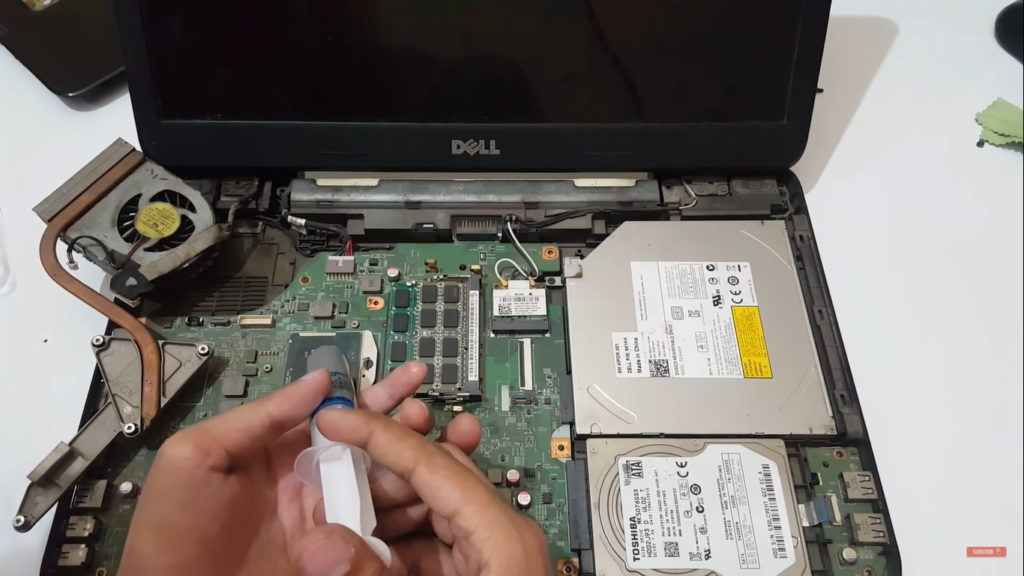
Here is a question that why we can not upgrade undetachable processors. It is because the laptop with detachable processors is designed only for that processor. The heat dissipation, rams, and cache are fixed for the undetachable processor. That is
Check TDP Before Upgrading Processor
TDP is the Thermal Design Power. It is the estimation of how much power the CPU uses and how much heat is dissipated by it in return. Each laptop has its specific TDP. Heavy processors like i7 have high TDP as compared to light processors like i3 or i5.
That’s why always check the TDP before any upgrade. If your laptop does not have heat dissipation according to your new processor, do not change the processor. It will damage the new processor.
FAQs
Is it safe to upgrade your laptop’s processor?
Yes, it is completely fine to upgrade your laptop’s processor. There are a few things you have to keep in mind. First, your laptop must have a detachable processor, second, your laptop supports that up-gradation.
Can I change my i5 to an i7 processor on a laptop?
It all depends on the species of your laptops. If your laptop does not support a heavy processor like i7 do not try it. It will destroy your board as well. Each laptop has its capacity for heat dissipation. If your laptop does not have the ability to dissipate heat produced by i7, it will cause damage to the laptop.
Is every laptop processor is detachable?
No, but most of the laptops have detachable processors. Some laptops with internal batteries and slim sizes have nondetachable processors.
Can I upgrade my processor at home?
If you have the right tools, you can upgrade your processor. Most of the detachable laptops can be disassembled at home following some simple steps as we have described in the article.
Conclusion
It is possible to upgrade your processor from i5 to i7 in a safer way. You just have to keep eye on some points including processor socket, processor TDP (Thermal design power), and laptop capability. Professionals always recommend buying a new laptop instead of upgrading the. It is because each laptop is manufactured according to the specifications that it has. Changing may result in malfunctioning or damage.
